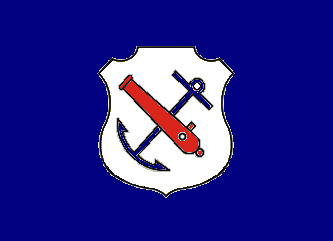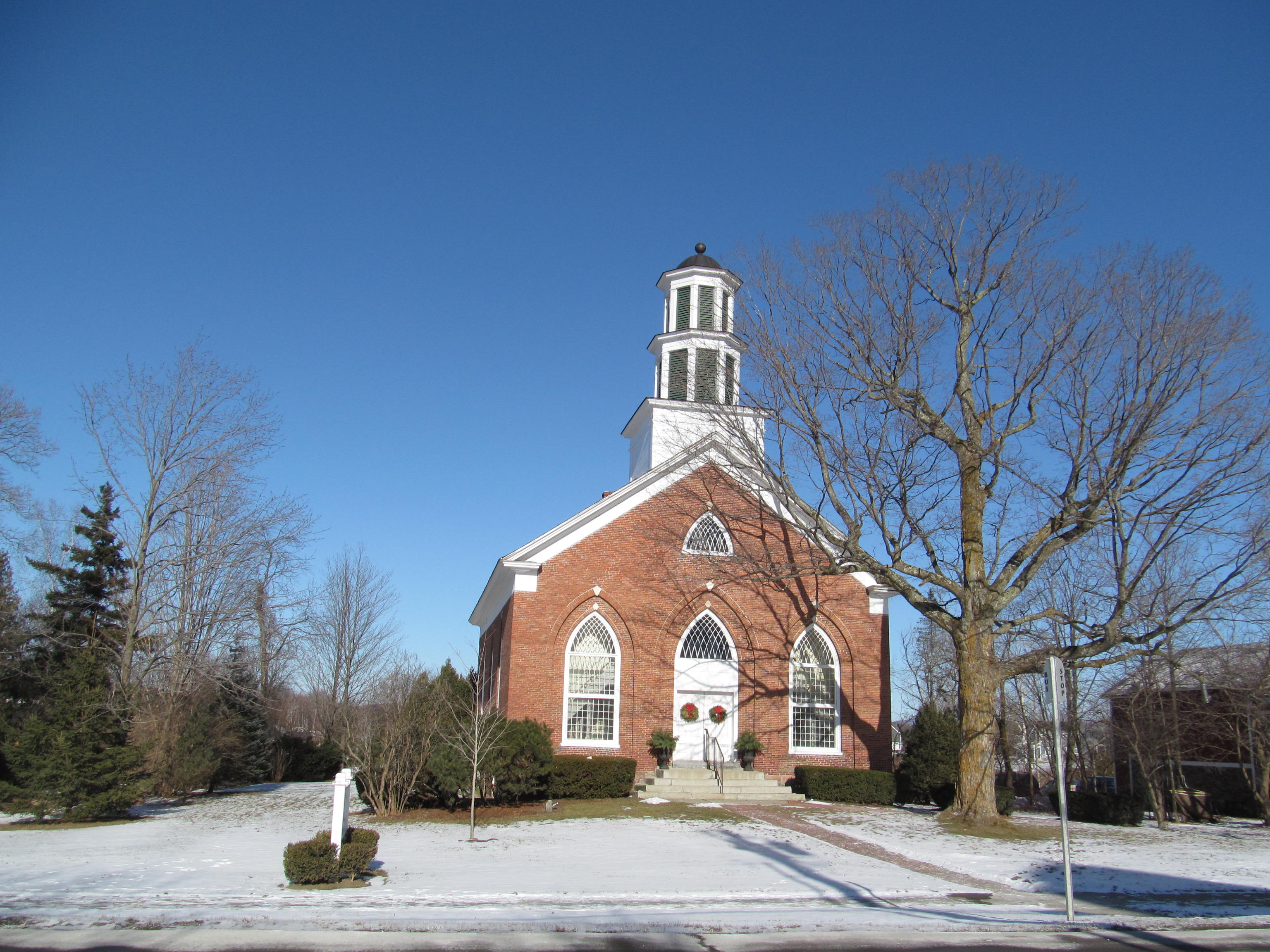|
Caroline Yale
Caroline Ardelia Yale (September 29, 1848 – July 2, 1933) was an American inventor and educator who revolutionized the teaching of hearing-impaired students. A collaborator of Alexander Graham Bell, her phonetic system became the most widely used in America. She worked most of her career at the Clarke School for the Deaf, eventually becoming Principal of the institution, and was involved in raising funds for the deaf through leading figures such as her childhood friend, Grace Coolidge, First Lady of the United States. She was also director and cofounder of the Alexander Graham Bell Association for the Deaf and Hard of Hearing. Biography Caroline Ardelia Yale was born September 29, 1848, in Charlotte, Vermont, to William Lyman Yale and Ardelia Strong, where she lived until the age of ten. Her father was Deacon of the Congregational Church and helped establish Williston Academy, while her paternal grandfather Lyman Yale was a Capt. during the War of 1812, and her maternal gran ... [...More Info...] [...Related Items...] OR: [Wikipedia] [Google] [Baidu] |
Charlotte, Vermont
Charlotte is a town in Chittenden County, Vermont, United States. The town was named for Queen Charlotte, though unlike Charlotte, North Carolina, Charlottesville, Virginia, and other cities and towns that bear her name, the town's name is pronounced with the accent on the second syllable. The population of the town was 3,912 at the 2020 census. Geography Charlotte is located in the southwest corner of Chittenden County. It is bordered to the north by the town of Shelburne, to the east by Hinesburg, to the southeast by Monkton in Addison County, and to the south by Ferrisburgh in Addison County. To the west the town extends to the New York/Vermont border in the middle of Lake Champlain. According to the United States Census Bureau The United States Census Bureau (USCB), officially the Bureau of the Census, is a principal agency of the U.S. Federal Statistical System, responsible for producing data about the American people and economy. The Census Bureau is part of the ... [...More Info...] [...Related Items...] OR: [Wikipedia] [Google] [Baidu] |
17th Vermont Infantry Regiment
The 17th Vermont Infantry Regiment was a three years' infantry regiment in the Union Army during the American Civil War. It served in the IX Corps in the eastern theater from March 1864 to July 1865. The regiment was mustered into United States service in companies between March and August 1864 at Brattleboro, Vermont. Francis V. Randall, a veteran of the 2nd and 13th Vermont, was colonel and regimental commander. Charles Cummings and Lyman Enos Knapp were lieutenant colonels. James Stevens Peck, a 13th Vermont veteran, was the regimental adjutant with the rank of Major.Vermont in the Civil War17th Vermont Infantry accessed August 22, 2013 Stephen F. Brown, a veteran of the 13th Vermont, was commissioned as Captain and commander of Company A. It was engaged in, or present at, the Wilderness, Spotsylvania, North Anna, Totopotomoy Creek, Cold Harbor, Petersburg, Weldon Railroad, Poplar Spring church, and Hatcher's Run in the Overland Campaign The Overland Cam ... [...More Info...] [...Related Items...] OR: [Wikipedia] [Google] [Baidu] |
National Geographic Society
The National Geographic Society (NGS), headquartered in Washington, D.C., United States, is one of the largest non-profit scientific and educational organizations in the world. Founded in 1888, its interests include geography, archaeology, and natural science, the promotion of environmental and historical conservation, and the study of world culture and history. The National Geographic Society's logo is a yellow portrait frame—rectangular in shape—which appears on the margins surrounding the front covers of its magazines and as its television channel logo. Through National Geographic Partners (a joint venture with The Walt Disney Company), the Society operates the magazine, TV channels, a website, worldwide events, and other media operations. Overview The National Geographic Society was founded on 13 January 1888 "to increase and diffuse geographic knowledge". It is governed by a board of trustees whose 33 members include distinguished educators, business executives, ... [...More Info...] [...Related Items...] OR: [Wikipedia] [Google] [Baidu] |
Alexander Melville Bell
Alexander Melville Bell (1 March 18197 August 1905) was a teacher and researcher of physiological phonetics and was the author of numerous works on orthoepy and elocution. Additionally he was also the creator of Visible Speech which was used to help the deaf learn to talk, and was the father of Alexander Graham Bell. Biography Alexander Melville Bell was born in Edinburgh, Scotland, and studied under and became the principal assistant of his father, Alexander Bell (b. 3 March 1790, Fife, Scotland d. 23 April 1865, St. Pancras, North London),Ancestry.com Historical Person Overview: Alexander Melville Bell Retrieved May 2017 an authority on |
Harriet Burbank Rogers
Harriet Burbank Rogers (April 12, 1834 – December 12, 1919) was an American educator, a pioneer in the oral method of instruction of the deaf. She was the first director of Clarke School for the Deaf, the first U.S. institution to teach the deaf by articulation and lip reading rather than by signing. Her advocacy for oralist instruction children increased utilization of oral-only communication models in many American schools. She opposed the total communication approach that allows use of manual communication in addition to oral speech. The ability to gain understanding of specific information is greatly limited in an oral-only environment dependent on lipreading, where a profoundly deaf person with perfect vision is on average only able to understand less than one-third of what is spoken. As result, such oralist-only methods have been widely denounced by Deaf individuals deprived of language and vocabulary from the use of such methods. Biography Early years Harriet Burban ... [...More Info...] [...Related Items...] OR: [Wikipedia] [Google] [Baidu] |
Brandon, Vermont
Brandon is a town in Rutland County, Vermont, United States. As of the 2020 census, the population was 4,129. History On October 20, 1761, the town of Neshobe was chartered to Capt. Josiah Powers. In October 1784, the name of the town was changed to Brandon by an act of the legislature. Brandon is a study in early American architecture and Vermont history. When the first settlers came to the area in the mid-1770s, they established the village of Neshobe. The area was rich in natural resources with excellent farmland along the rivers and abundant supplies of timber and minerals. The town flourished during the 1800s with several industries relying on the key resources of waterpower, iron ore and marble. The coming of the railroad in 1849 enabled the manufacture and shipping of iron-based products such as the Howe scale, as well as Brandon paints, wood products and marble. During its century of rapid growth, Brandon Village evolved a unique village plan. The historic Crown Point ... [...More Info...] [...Related Items...] OR: [Wikipedia] [Google] [Baidu] |
Williston, Vermont
Williston is a town in Chittenden County, Vermont, United States. Originally rural and laid out with many farms, in recent decades it has developed into a thriving suburb of Burlington, the largest city in the state of Vermont. As of the 2020 census, the population of Williston was 10,103, an increase of over 1,000 people since the 2010 census. Williston is one of the fastest-growing towns in Vermont, and while becoming more populated, it has also developed as a major retail center for the Burlington area as well as much of central and northern Vermont. The town contains the village of Williston, which is unincorporated. History The town was chartered in the New Hampshire Grants in 1763 as a grant from Governor Benning Wentworth of the colony of New Hampshire. It was named for Samuel Willis, a New York merchant who was one of the original 65 grantees, though he never visited the town that was named in his honor. A private, boarding high school, Pine Ridge, was founded in 1968 ... [...More Info...] [...Related Items...] OR: [Wikipedia] [Google] [Baidu] |
Vermont State Hospital
Vermont State Hospital, alternately known as the Vermont State Asylum for the Insane and the Waterbury Asylum, was a mental institution built in 1890 in Waterbury, Vermont to help relieve overcrowding at the privately run Vermont Asylum for the Insane in Brattleboro, Vermont, now known as the Brattleboro Retreat. Originally intended to treat the criminally insane, the hospital eventually took in patients with a wide variety of problems, including mild to severe mental disabilities, epilepsy, depression, alcoholism and senility. The hospital campus, much of which now houses other state offices, was listed on the National Register of Historic Places in 2016. Partly as a replacement for this facility, the state currently operates the 25 bed Vermont psychiatric care hospital in Berlin, VT. History During the tenure of Dr. Eugene A. Stanley as superintendent (1918–1936), the hospital expanded – with a patient population peaking at 1,728 in the mid-1930s – and constructe ... [...More Info...] [...Related Items...] OR: [Wikipedia] [Google] [Baidu] |
Rhode Island School For The Deaf
Rhode Island School for the Deaf (RISD or RISDeaf) is a school for deaf students established in 1876 in the US state of Rhode Island. History Founding The school was founded on the initiative of the parents of Jeanie Lippitt, who became deaf due to scarlet fever when she was four years old in 1856. Her mother, Mary Ann Lippitt, taught Jeanie to communicate through lip reading and speaking. Jeanie's father, Henry Lippitt, became governor of Rhode Island in 1875. During these years, Jeanie visited the Rhode Island State house to convince members of the General Assembly to establish a school for deaf children. Henry's political endorsements allowed Jeanie's wishes to come true in 1877 when the General Assembly passed a bill to found a deaf school. The Rhode Island School for the Deaf is still functioning today in 2018. Post-founding Circa 1966 John F. Fogarty, a member of the Legislature of Rhode Island, got into a conflict with Governor of Rhode Island John Chafee after Fogar ... [...More Info...] [...Related Items...] OR: [Wikipedia] [Google] [Baidu] |
Pennsylvania School For The Deaf
The Pennsylvania School for the Deaf is the third-oldest school of its kind in the United States. Its founder, David G. Seixas (1788–1864), was a Philadelphia crockery maker-dealer who became concerned with the plight of impoverished deaf children that he observed on the city's streets. The current school building is listed by the National Register of Historic Places, and two former campuses are similarly recognized. It is one of four approved chartered schools—along with the Western Pennsylvania School for Blind Children, the Overbrook School for the Blind, the Western Pennsylvania School for the Deaf—in Pennsylvania. History In 1819, Seixas began bringing deaf youngsters into his home to provide them with food, clothing and instruction, all at his expense. More space became needed to accommodate additional children as Seixas' humanitarian efforts became known, so he rented an office at the southeast corner of Eleventh and High (later Market) Streets to serve as a schoo ... [...More Info...] [...Related Items...] OR: [Wikipedia] [Google] [Baidu] |





